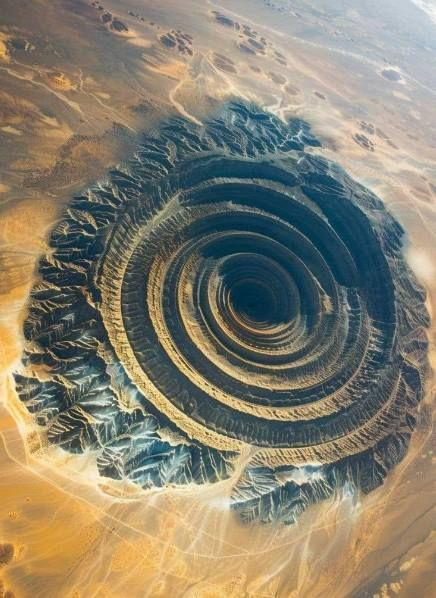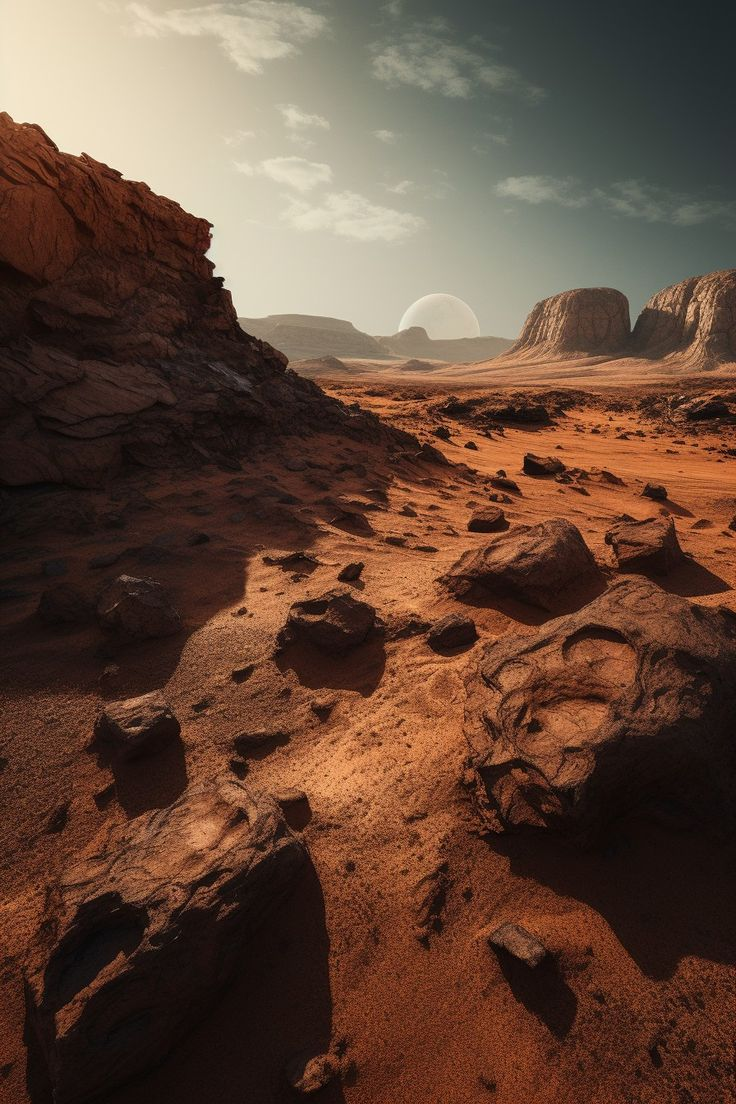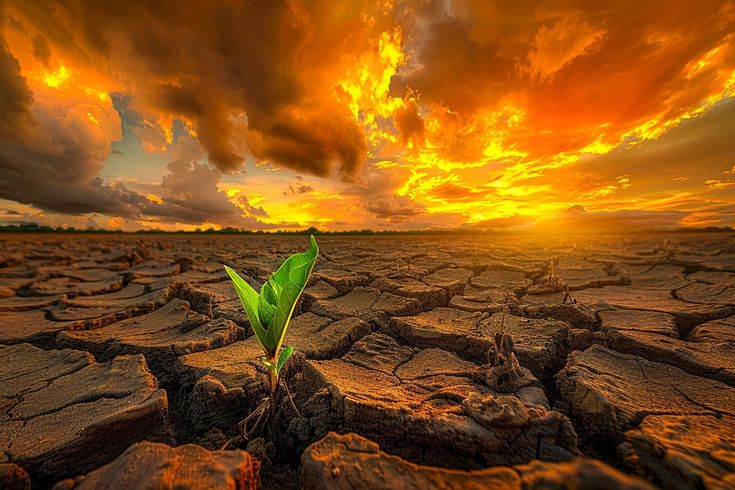The Giant of the Solar System
Jupiter, the fifth planet from the Sun, is the largest in the solar system, with a mass more than 300 times that of Earth. It is a gas giant, known for its colorful bands, massive storms, and iconic Great Red Spot. While uninhabitable for life as we know it, Jupiter plays a critical role in shaping the solar system’s dynamics.

1. Atmosphere:
Jupiter’s atmosphere is thick, deep, and primarily composed of hydrogen (90%) and helium (10%), with trace amounts of methane, ammonia, and water vapor. Key features include:
Colorful Bands: The planet’s stripes are caused by strong winds, with lighter zones and darker belts due to variations in chemical composition and temperature.Great Red Spot: A giant, persistent storm larger than Earth that has raged for centuries.Dynamic Activity: Violent storms, strong jet streams, and atmospheric lightning reflect its extreme weather.Pressure and Depth: The atmosphere transitions gradually into a dense fluid state without a clear boundary.
2. Geological Features:
Jupiter lacks a solid surface, making its “geology” unique among planets.
- Core: Believed to have a dense core of heavy elements surrounded by a layer of metallic hydrogen, where intense pressure forces hydrogen into a liquid metal state.
- No True Surface: The gaseous layers become increasingly dense with depth, transitioning into a fluid-like state under immense pressure and temperature.
- Magnetosphere: Jupiter’s powerful magnetic field is the largest in the solar system, extending millions of kilometers and trapping charged particles in radiation belts.


3. Ecosystem:
Jupiter itself does not have an ecosystem, as it lacks a solid surface and conditions suitable for life. However, its system of moons, particularly Europa, is of significant interest:
- Europa: An icy moon with a subsurface ocean, raising the possibility of microbial life.
- Other Moons: Ganymede, Callisto, and Io are also intriguing, each offering unique environments for study.
- Influence on Moons: Jupiter’s gravity and radiation shape the environments of its moons, potentially impacting their habitability.
4. Weather:
Jupiter’s weather systems are extreme and fascinating:
Storms: The planet is known for its constant storms, with lightning that is many times more powerful than on Earth.Jet Streams: High-speed winds, up to 400 mph, form the bands and zones that define Jupiter’s appearance.Temperature Extremes: While the upper atmosphere is cold, with temperatures around -145°C (-234°F), the deeper layers are extraordinarily hot due to internal heat generation.Auroras: Jupiter’s strong magnetic field creates spectacular auroras near its poles, brighter and more intense than Earth’s.


5. Inhabitation:
Jupiter itself cannot support life due to its lack of a solid surface, extreme pressures, intense radiation, and volatile atmosphere. However:
Potential for Exploration:
- Jupiter’s moons, especially Europa, are prime targets in the search for extraterrestrial life.
- Robotic missions like NASA’s Juno spacecraft are studying Jupiter’s atmosphere, magnetic field, and internal structure.
Human Challenges:
- Jupiter’s radiation is lethal to humans without significant shielding.
- Its immense gravity makes landing or exploration within the planet itself impossible with current technology.
Jupiter is a colossal guardian of the solar system, its gravity influencing the orbits of asteroids and comets. While inhospitable to life, its fascinating atmosphere, dynamic weather, and intriguing moons make it a cornerstone of planetary science and exploration. Jupiter remains a natural wonder, inspiring ongoing curiosity and discovery.